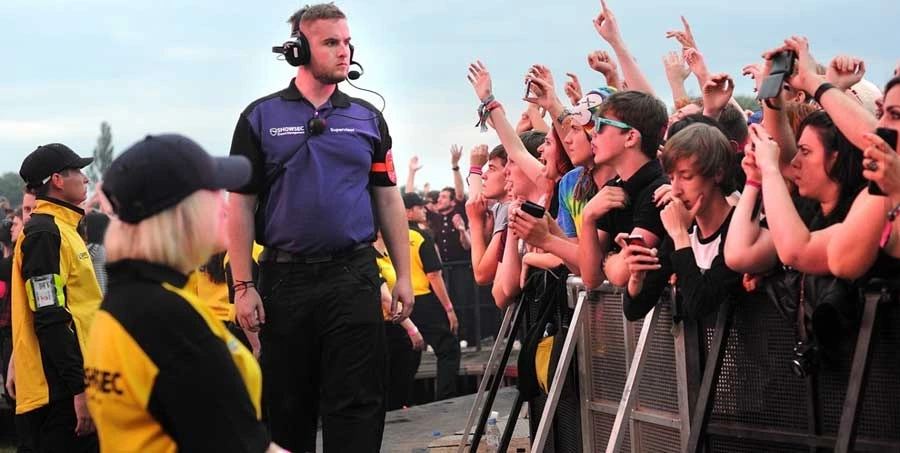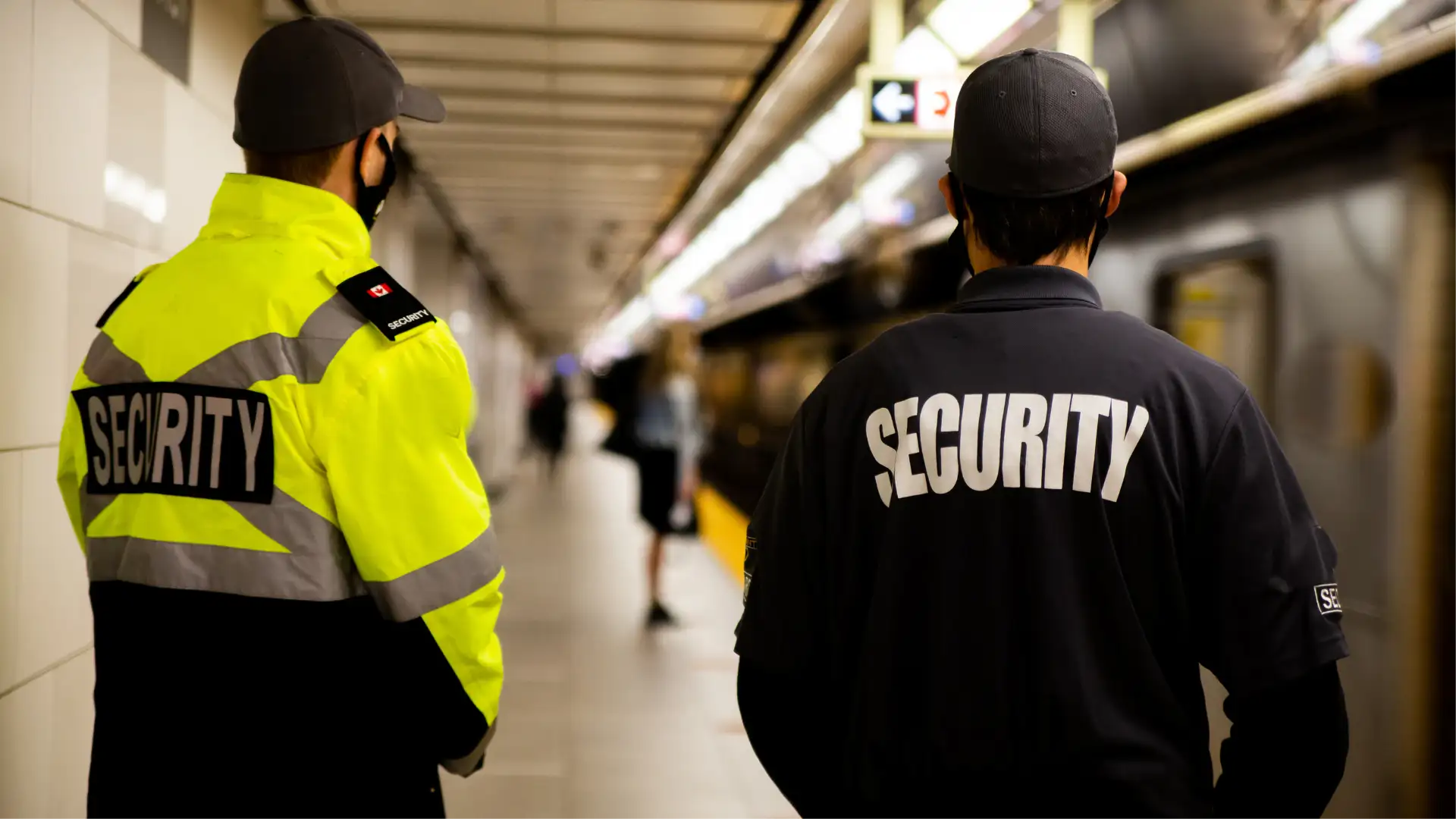Introduction
An essential factor to consider in any crowd safety plan is how to evacuate spectators from events safely and effectively. It will undoubtedly save lives and ensure everyone is kept as safe as possible in emergencies.

Preparations During an Emergency
Every venue will have emergency lights, signage, and preparations to send guests to the appropriate emergency exit. The distribution and crowding of people inside the arena, stadium, or green field site may make some of these exits inaccessible during catastrophes due to safety issues brought on by the situation itself, incident management of threats from outside the venue, or the emergency itself.
The crowd’s density will determine people’s typical movement during such emergencies. Therefore, if everyone takes the same exit route or takes a route without being aware of the potential of convergence up ahead, they may wind up contributing to that convergence and reducing or slowing it to the point where the exit flow fails.
Designing evacuation contingency plans that tell people how quickly and in which direction to move, based on real-time information that can adjust to the distribution of the population in any given circumstance, can be demonstrated to be a crucial aspect of the safety plan for these reasons.
Crowd Safety
Crowd safety and the actions of event organisers, safety management teams, and emergency services have never been more in the spotlight thanks to the Hillsborough Inquest verdict that the 96 victims in 1989 were unlawfully killed, as well as the German Courts’ decision that the 2010 Love Parade tragedy, in which 21 people died.
Building design, crowd psychology, the competence of crowd safety planners and management to ensure this can be tasked safely, supported by appropriately trained and competent safety stewarding staff to implement the evacuation, will be the main factors that will contribute to the ability of people to evacuate an open space or building safely.
Get your Legal SIA Licence by signing up for our SIA Security courses
Security Courses
Book NowRated Excellent
on major review sites

Crowd Behaviour Theories
Many crowd behaviour theories were brought into crowd science over the 20th century. These include the well-known beliefs of Gustave Le Bon (1908), whose best-selling book ‘The Crowd’, written in 1895, was the first to identify perceived unfavourable characteristics of crowds. In the anonymity of the crowd, he claimed, civilised behaviour was replaced by primeval savagery, making mob behaviour unhealthy and aberrant. One of crowd science’s most influential early hypotheses was his (1908) ‘Group Mind Theory’. He said that when a person joins a group anonymously, they lose their sense of identity and accountability for their activities.
These people believe that being in groups gives them a sense of strength and invincibility; this “contagion” causes people to degrade and turn to their animalistic impulses. Many of these crowd behaviour theories are no longer viable, and many are even viewed as dangerous to rely on (The Cabinet Office and Emergency Planning College, 2009).
According to Anthony R. Mawson’s Social Attachment Model (Mawson AR 2005), being around familiar people and places has a calming effect and lowers the ‘flight’ reaction, which can lead to stampeding and pushing. He claimed that social rules of behaviour do not fall apart that often.
According to John Turner’s self-categorisation theory (Turner J 1987), catastrophes and emergencies can foster a sense of a shared identity or ‘we-ness’. As individuals flee a common threat, orderly, charitable, and cooperative behaviours would emerge.

Crowd Behaviour Examples
Numerous global catastrophes have occurred, and inquiry and analysis have revealed how this might be the case.
2983 people died in the Twin Towers collapse in 2001. Later studies showed that even when people were aware of the threat, it could take minutes or even hours for them to leave a building. More than a general panic, this inaction contributed to the numerous fatalities. Before deciding to flee, people sought information to analyse (Fahy & Proulx, 2002). According to reports, several individuals left Tower 1 immediately, but many more continued with their ‘normal’ activities. In 2001, individuals took about 45 minutes to leave the 90th floor.
The July 7th London bombings were the subject of research, which revealed that people’s emotional responses to the explosion caused them to experience individual dread and suffering (Drury, Reicher, Scholfield, Langston, and Cocking 2007). However, during the evacuations, individuals behaved in a calm, orderly manner, and Londoners showed a sense of camaraderie by putting the needs of others above their own. No signs of fear could be seen, and despite the smoke-filled subway trains and platforms, there seemed to be a shared social identity, common aspirations, and solidarity to help others with the idea that others would do the same (Drury, 2016).
Therefore, it would seem that people can retain social cohesion, resist panic, and show a high level of resilience when faced with difficulty and confusion.
Spectator Safety Course
To ensure an event’s success and how to prevent an emergency during an event, enrol in a Spectator Safety course.




